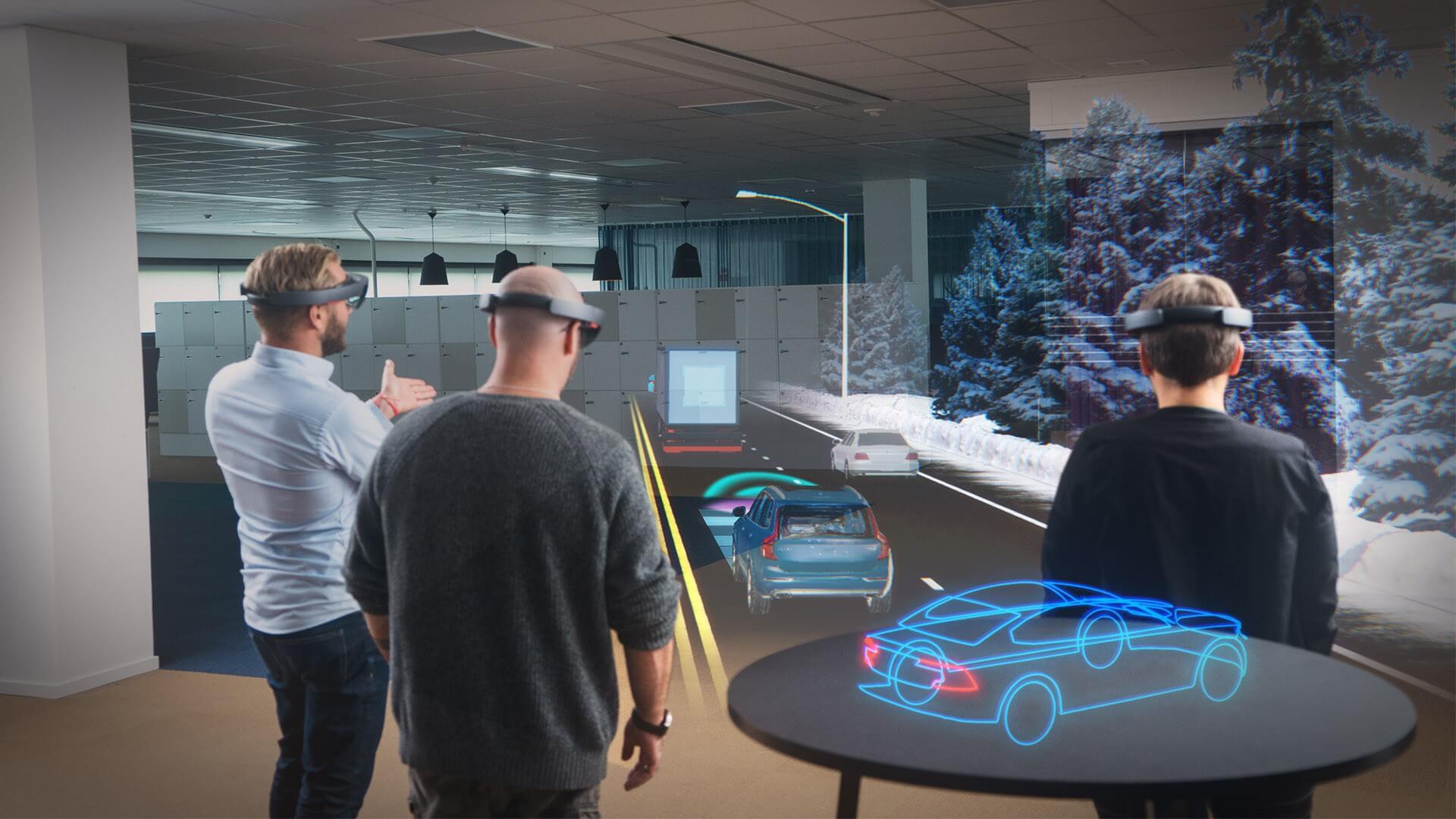
As exciting and fast moving as the topics of augmented reality (AR) and virtual reality (VR) may be, there’s a critical question that needs to be asked and thoroughly analyzed when it comes to these technologies.
Are they well-suited for regular use or just special occasions?
While simple on the surface, the answer to the question carries with it key implications not just about the potential size of the market opportunity, but the kinds of products that should be created, the manner with which they’re marketed and sold, and even when different types of products should come to market.
As an early enthusiast of both AR and VR—particularly after having tried several devices, such as Microsoft’s HoloLens and HTC’s Vive—it was (and still is) easy to get caught up in the excitement and potential of the technology. Indeed, the first time you get a demonstration of a good AR or VR headset (and not all of them give a great experience, by the way), you can’t help but think this is the future of computing.
The manner with which VR engulfs your visual senses or AR provides new ways of looking at the world around you are pretty compelling when you first try them. That’s why so many people and companies, from product makers to component suppliers to software makers to retailers are so eager to offer an AR or VR experience to as wide a range of consumers as possible. The thinking is (or has been) that once people try it, they’ll be hooked.
Is it realistic to think that AR and VR are ready for general use, and if they’re not, is it fair to assume that people are willing to spend good money on something they may only use occasionally?
While that’s certainly a valid and worthwhile effort, as time has passed, it’s not entirely clear that merely exposing people to AR and VR is all that’s necessary to achieve the kind of market success that many presumed would occur. In fact, a number of recent consumer studies have highlighted what general market trend observations will also confirm AR and VR products are indeed growing, but at a slower pace than many (including me) expected.
So, the obvious question is why? Why aren’t more people getting into AR and VR and purchasing more of the products and software that provide the experience?
While there isn’t likely one answer to that question, one can’t help but think about the underlying assumptions that are buried in the title and first question of this column. Is it realistic to think that AR and VR are ready for general use, and if they’re not, is it fair to assume that people are willing to spend good money on something they may only use occasionally?
At its essence, that’s the fundamental question that needs to be answered if we are to understand how the AR and VR markets are likely to evolve.
To be fair, some of the technological limitations facing current products certainly have an impact on the market. Large, clunky, wired headsets are not exactly the stuff of mass market dreams, after all.
But even presuming the technology can be reduced to a manageable or even essentially “invisible” form into regular-sized glasses—and it will still be a long time to really get things that small—is the very fact that it’s in a form that has to be put on our face going to keep it from ever really succeeding?
As we’ve seen with smartwatches, just because technology can be reduced down to a reasonable size and into a well-known form, doesn’t mean people will necessarily adopt it. Even cool capabilities haven’t been able to convince people who’ve never adapted to or cared for wearing a regular watch to don a smartwatch. They just don’t want it.
In the case of glasses, it turns out that over 60% of people do wear some kind of eyeglasses (and another 11% or so wear contacts), but the results vary dramatically by age. For the highly targeted segment under age 40, eyewear usage is less than half of that, meaning nearly ¾ of consumers under age 40 don’t wear corrective eyewear. Trying to convince that group to put something on their face other than for occasional special purposes seems like a daunting task, regardless of how amazing the technology inside it may be.
Even if we get past the form factor issues, there are still potential issues with the supply of engaging content and experiences once the initial excitement over the technology wears off—which it does for most people. A great deal of effort from companies of all shapes and sizes is happening in VR and AR content, so I do expect things to improve, but right now there are a lot more one-time demos than applications with long-term lasting value.
Ironically, I think it could be some of the easiest and simplest types of applications that end up giving AR, in particular, more lasting power and market influence. Simple ways to augment our knowledge or understanding of real world objects or processes will likely seep slowly into general usage and eventually reach the point where we’ll have a hard time imagining life without them. We’re not there yet, though, so for now, I think AR and VR are best suited for special occasions—with appropriate adjustments in market expectations as a result.
Bob O’Donnell is the founder and chief analyst of TECHnalysis Research, LLC a technology consulting and market research firm. You can follow him on Twitter @bobodtech. This article was originally published on Tech.pinions.
https://www.techspot.com/news/69507-ar-vr-only-special-occasions.html